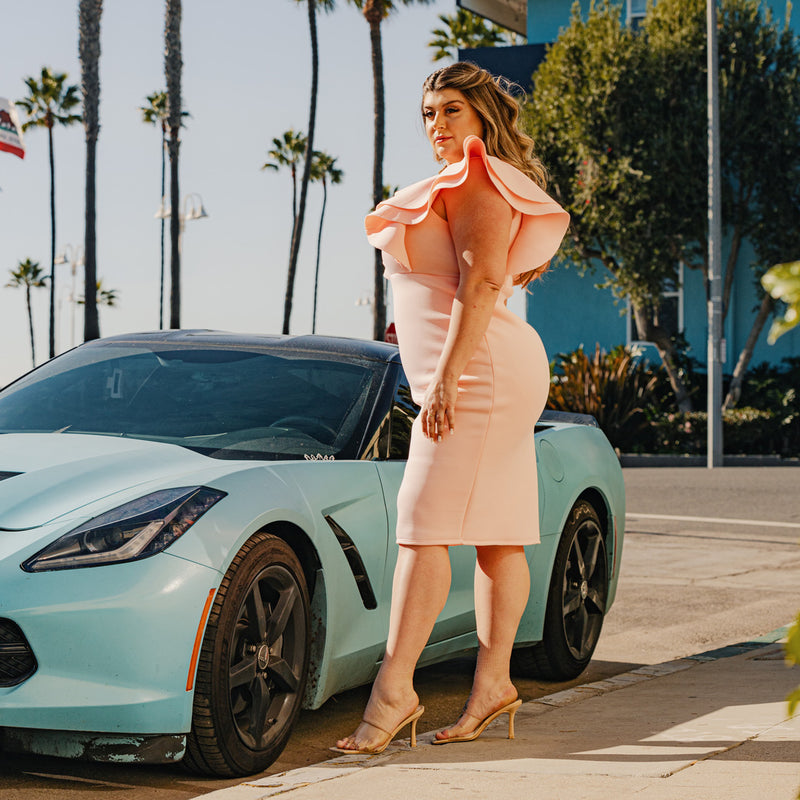The fashion industry has been known for its narrow standards of beauty, often excluding plus size individuals from their collections and campaigns. However, in recent years, the industry has been making strides towards inclusivity, and plus size fashion has become a thriving market. Plus size fashion refers to clothing designed for individuals who typically wear sizes 14 and up, and it has become a movement that celebrates body diversity and inclusivity.
Plus size fashion has come a long way in terms of style, design, and representation. Previously, plus size clothing was limited to basic and shapeless styles, often in unflattering fabrics and prints. However, with the rise of plus size fashion influencers, designers, and models, plus size fashion has become more diverse and fashionable than ever before.
One of the most significant changes in plus size fashion has been the inclusion of trendy and stylish clothing options. Plus size fashion now includes a range of styles, from casual wear to formal wear, and from lingerie to active wear. Plus size fashion brands have also started to prioritize comfort, quality, and fit in their designs, making it easier for plus size individuals to find clothing that flatters and fits their bodies.
Another positive change in plus size fashion has been the representation of plus size models in advertising and media. In the past, plus size models were few and far between, and they were often relegated to the background. However, with the rise of social media, plus size models have become more visible and influential. Many brands now feature plus size models in their campaigns, and some have even created entire plus size collections.
Despite the progress, the plus size fashion industry still has a long way to go. Plus size individuals continue to face discrimination in stores, with limited options and poor customer service. Many brands also charge more for plus size clothing, which is often made from cheaper materials and with less attention to detail. Plus size individuals also face discrimination in the workplace, where they may be subjected to dress codes that do not accommodate their bodies.
To create a more inclusive and equitable fashion industry, brands must continue to prioritize inclusivity in their designs, marketing, and customer service. They must also address the issues of discrimination and inequality faced by plus size individuals in stores, the workplace, and society at large. By doing so, the fashion industry can become a space that celebrates and embraces all bodies, regardless of their size.
In conclusion, plus size fashion has come a long way in recent years, with the industry making strides towards inclusivity and diversity. Plus size fashion now includes a range of stylish and trendy clothing options, and plus size models are becoming more visible and influential. However, there is still work to be done to create a truly inclusive and equitable fashion industry, and brands must continue to prioritize inclusivity in all aspects of their business.




0 comments